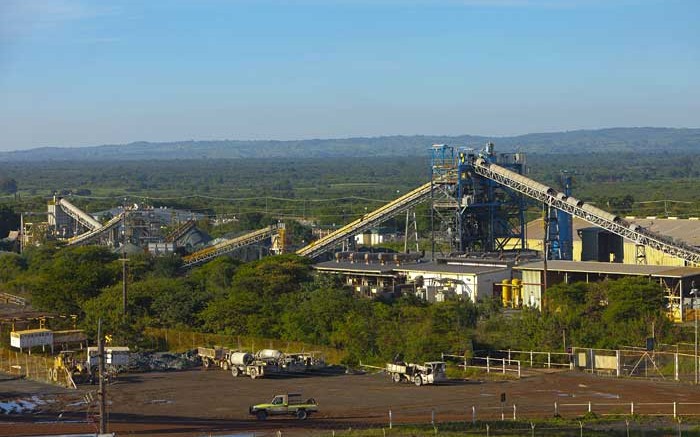There is no denying that it has been a rough ride for African Barrick Gold (LSE: ABG; US-OTC: ABGLF) since the company first listed in the London Stock Exchange in early 2010.
Marketed as an opportunity to get a better valuation for the parent Barrick Gold’s (TSX: ABX; NYSE: ABX) Tanzanian assets, many investors wondered if the more senior company was just distancing itself from higher-risk assets.
This was bolstered by negative news at the North Mara mine and financial underperformance across all three of its gold mines in the country. The situation had the company’s stock even underperforming the much-maligned share price of its parent. While Barrick’s stock is off 55% since 2011, African Barrick lost 60% of its market cap.
But a team of CIBC analysts — Leon Esterhuizen, Arnold van Graan and Ben McEwen — believe the tide is turning.
After visiting the company’s mines, a CIBC report entitled “Starting to take shape” argues that African Barrick is “in a much better state than it was a year ago,” and says generating positive free cash flow in the near future makes the story the most interesting it’s been for several years.
CIBC increased its rating for the stock to “sector performer” from “sector underperformer,” and boosted its price target to £2.60 from £2. In London on March 27 the company’s stock traded for £2.42 per share.
The stock’s optimism comes from a new management team that has restructured the organization, as well as the fact that its two key assets — North Mara and Bulyanhulu — are quality assets that have simply underperformed since the initial public offering in 2010.
CIBC attributes the underperformance to poor management, poor planning, poor cost control, poor capital allocation and poor execution.
The report argues that the only way to go is up, with the company’s culture changing thanks to management instilling greater discipline — which CIBC concedes will take time as well as patience on the part of investors.
The changes at the top began in late 2013 by ousting former CEO Greg Hawkins for incoming Brad Gordon. Soon after Gordon arrived chief operating officer Marco Zolezzi resigned, and Andrew Wray was added as chief financial officer.
Turning to the assets themselves, the report calls Bulyanhulu the jewel in the portfolio’s crown.
The orebody has long been considered world-class, but has had a hard time living up to its potential.
The problem has been infrastructure, as the old mine plan called for a second vertical shaft that was never installed. Instead the old team went with cheaper ramps and declines. But as the mining went deeper, production fell off and unit costs rose, resulting in poor performance.
To turn things around, the mine plan is focusing on higher-grade areas while implementing an aggressive cost-cutting plan. Cost-cutting will include job cuts to mainly expats, who will be replaced by locals where possible.
The company is also building a carbon-in-leach (CIL) plant, upgrading shaft infrastructure and implementing a preventative maintenance program. The CIL plant is 96% complete and could add 40,000 oz. per year to production.
The new mining plan aims to increase production to 350,000 oz. at all-in sustaining costs of US$900 per oz.
This means that Bulyanhulu could account for 42% of production for 2015, with North Mara accounting for 31%, and Buzwagi making up the other 27%.
North Mara has long been haunted by nightmare community relations, which has caused deaths in the past. On this front CIBC says the situation is improving. Most problems stem from immigration into the area around the mine and to intruders stealing ore. The bad blood is also said to come from past promises made by former operators to the community that were never met.
Part of the solution has been to bring in a more technologically advanced security system that relies less on people who reside in the communities. But that is only part of the answer.
“It is still difficult to control intrusion into the site, due to the large size of the total mining footprint,” the report reads. “As a result physical security is not the only approach . . . the company has significantly stepped up its initiatives to engage with the local communities . . . it has also made an asserted effort to deliver on past promises so that the community can see the benefits of mining,” the report reads.
Despite changes and a positive view on the assets, CIBC still cautions shareholders looking for a quick turnaround on their investment.
“Most of the easy gains have been realized, and delivering further improvements will be more challenging and take longer,” the report says. “Investors will therefore have to be patient, in our view.”


Be the first to comment on "Is African Barrick Gold getting on track?"